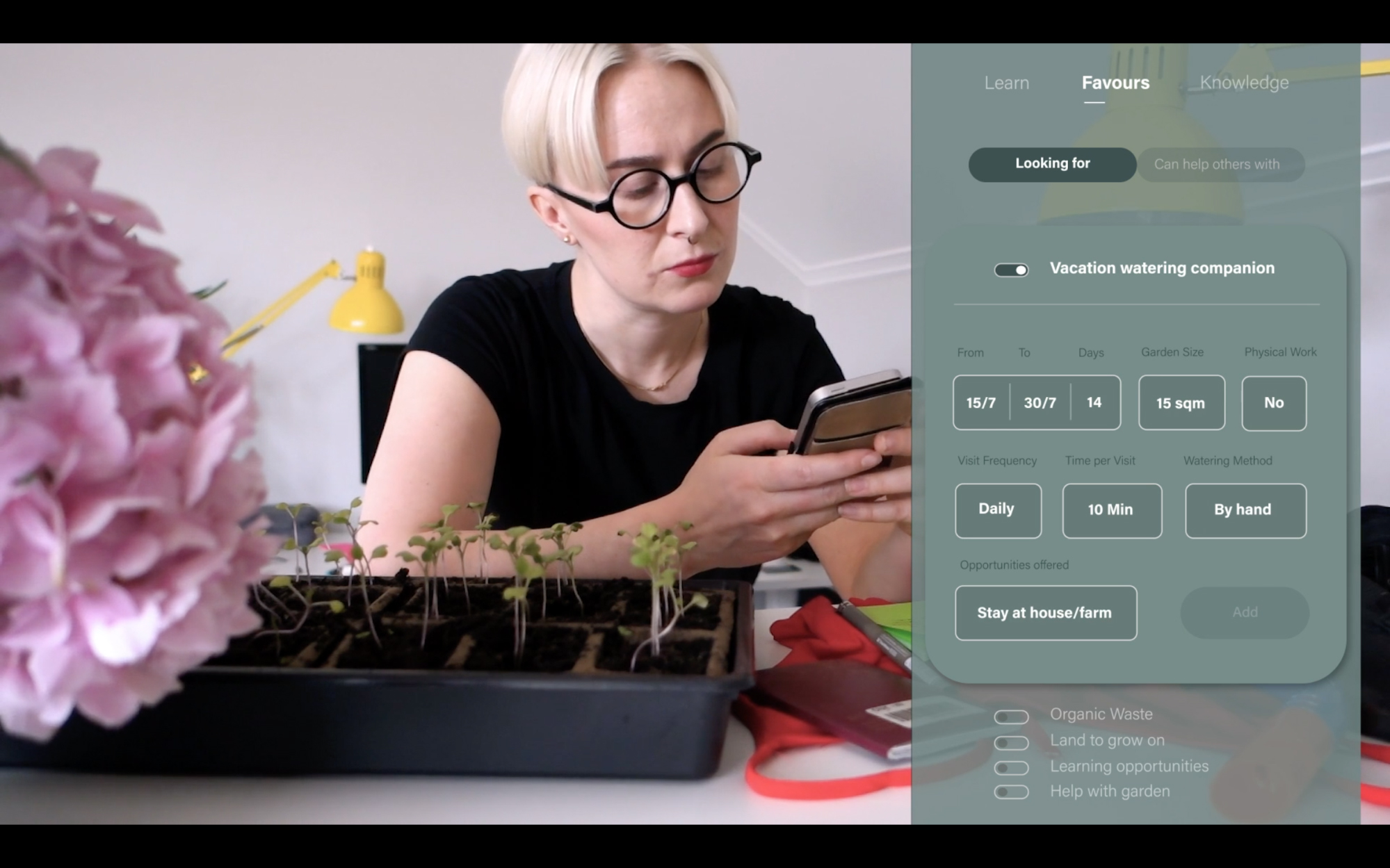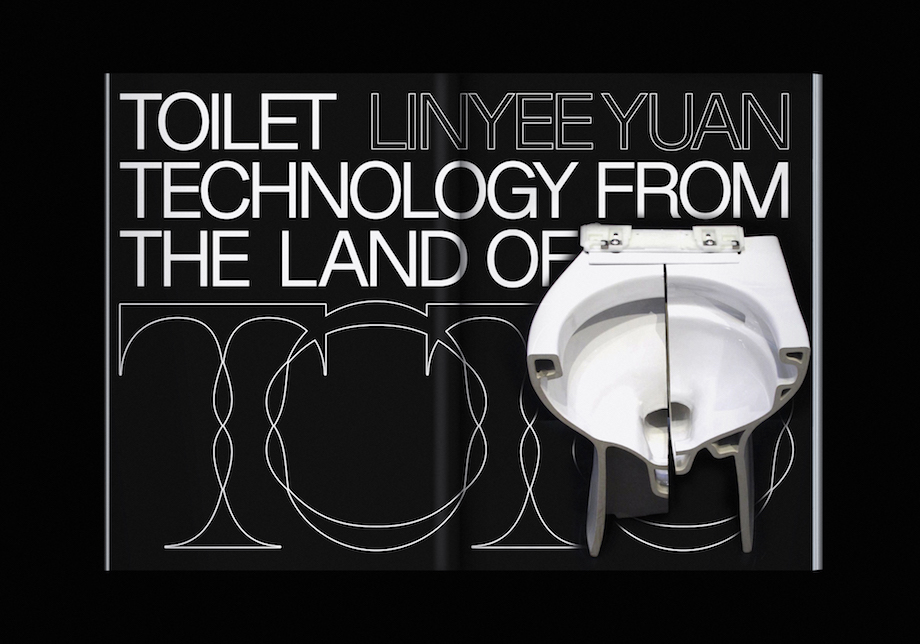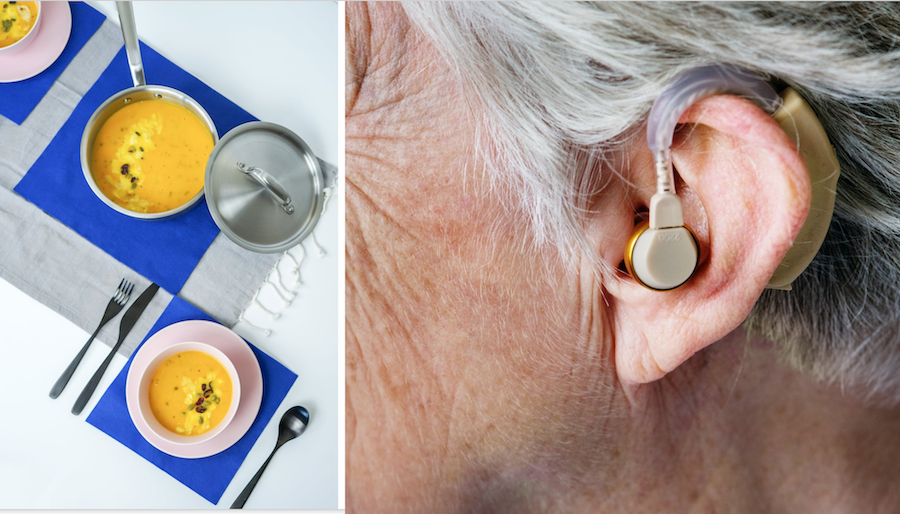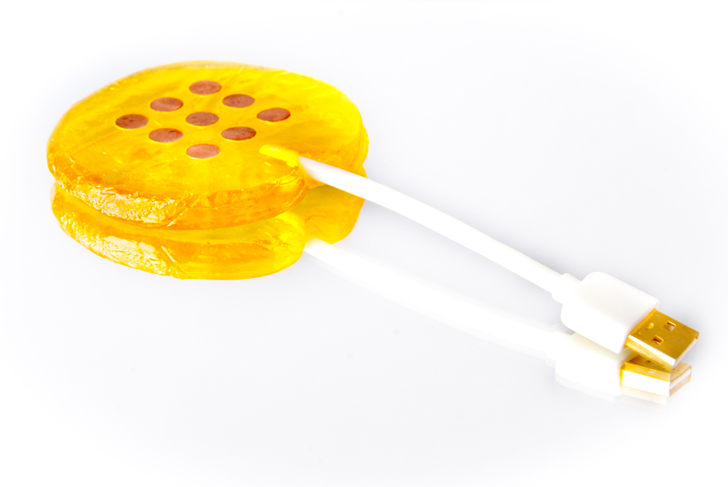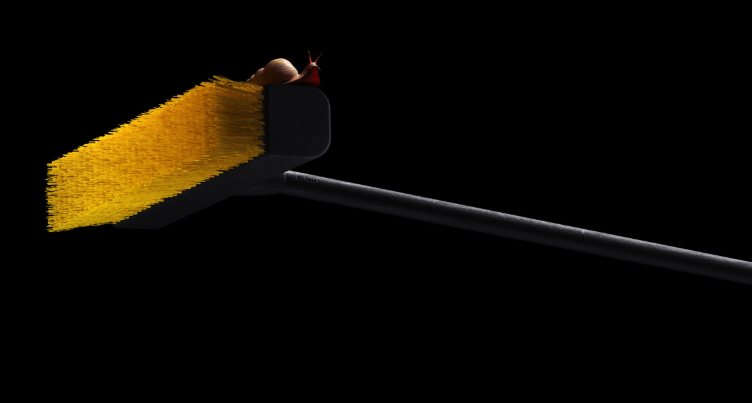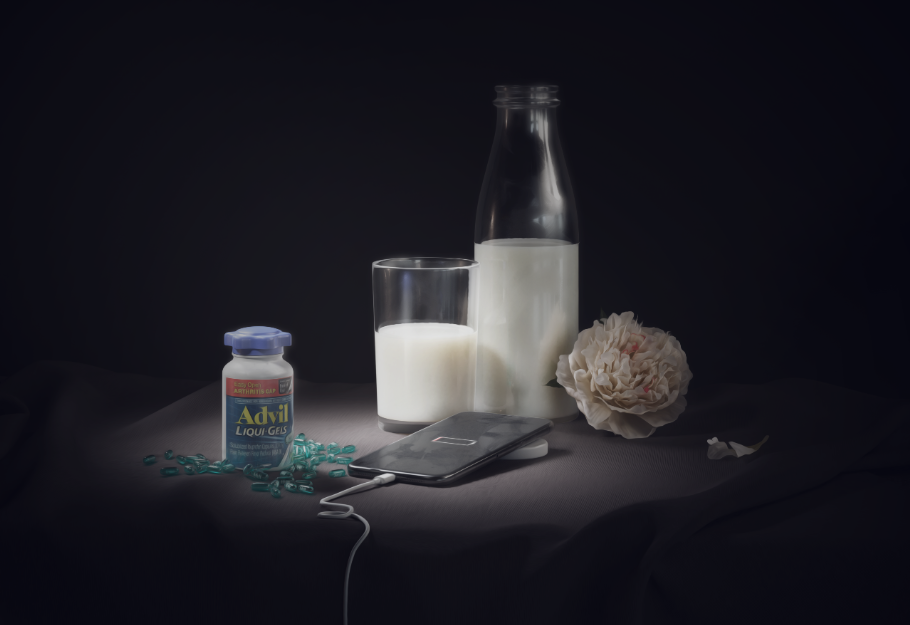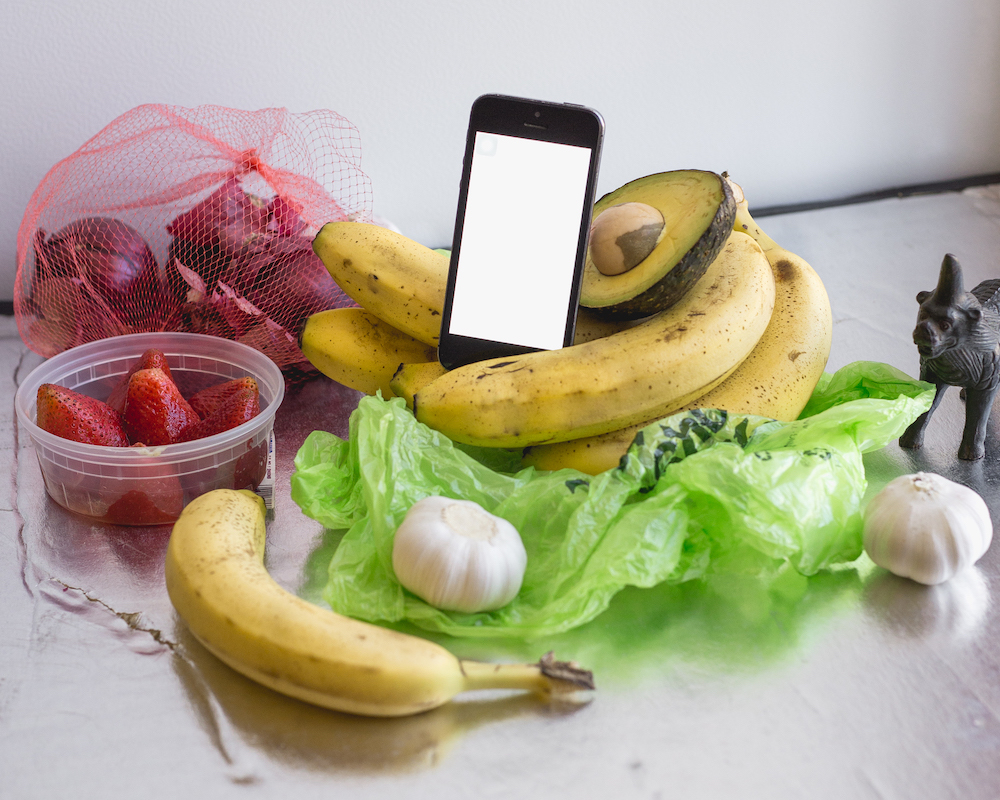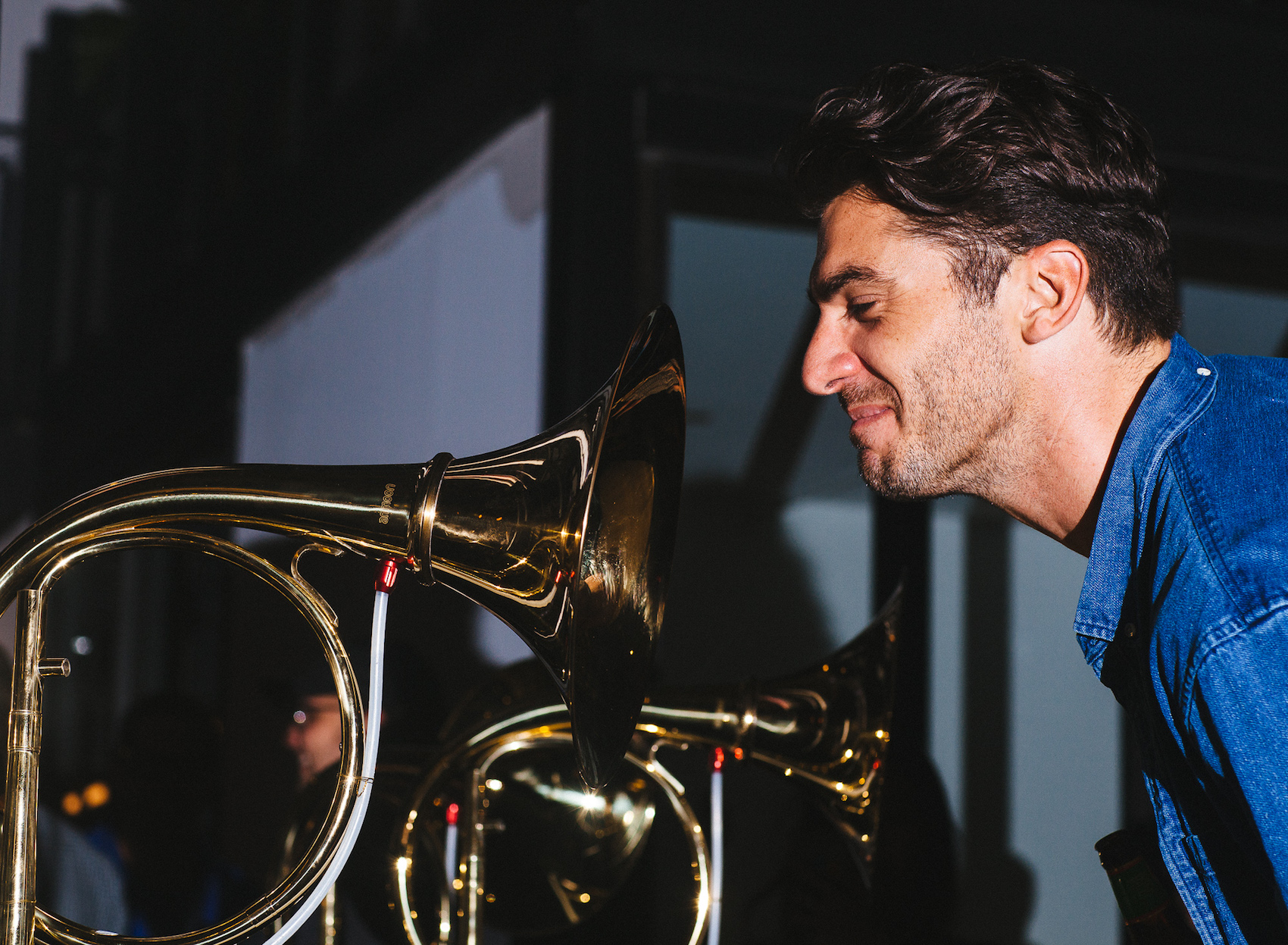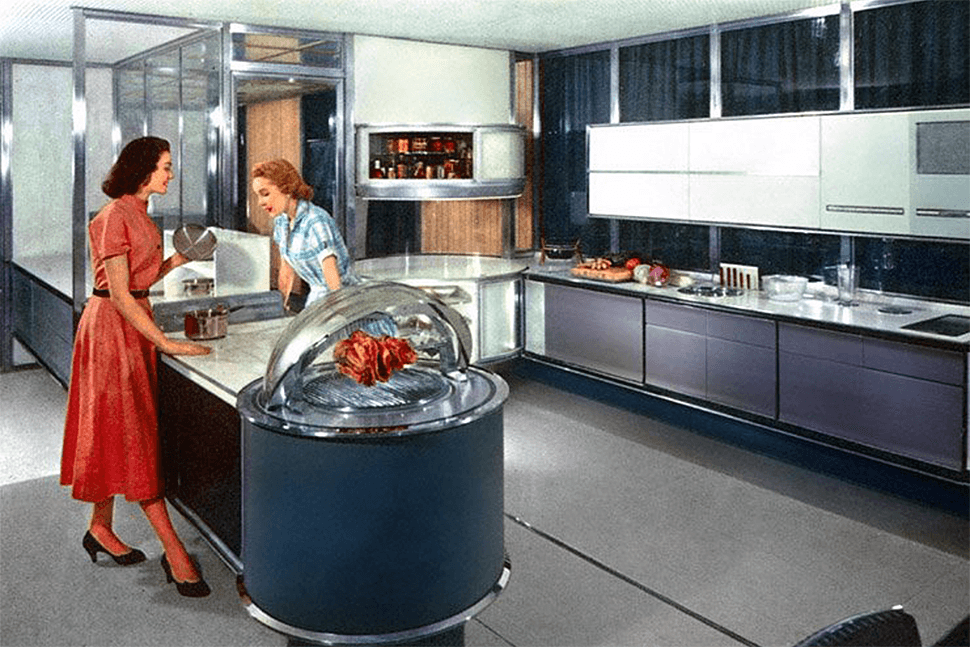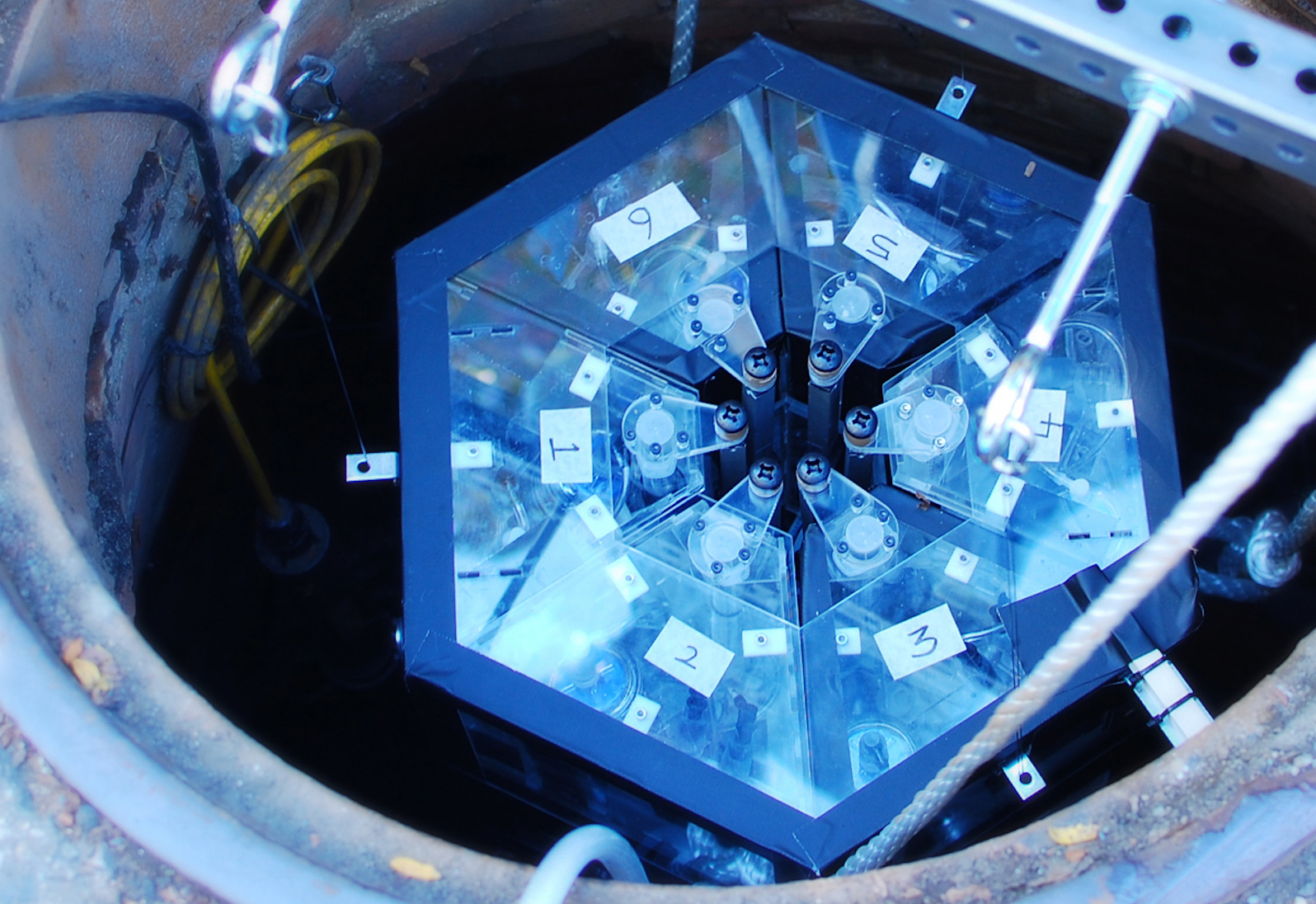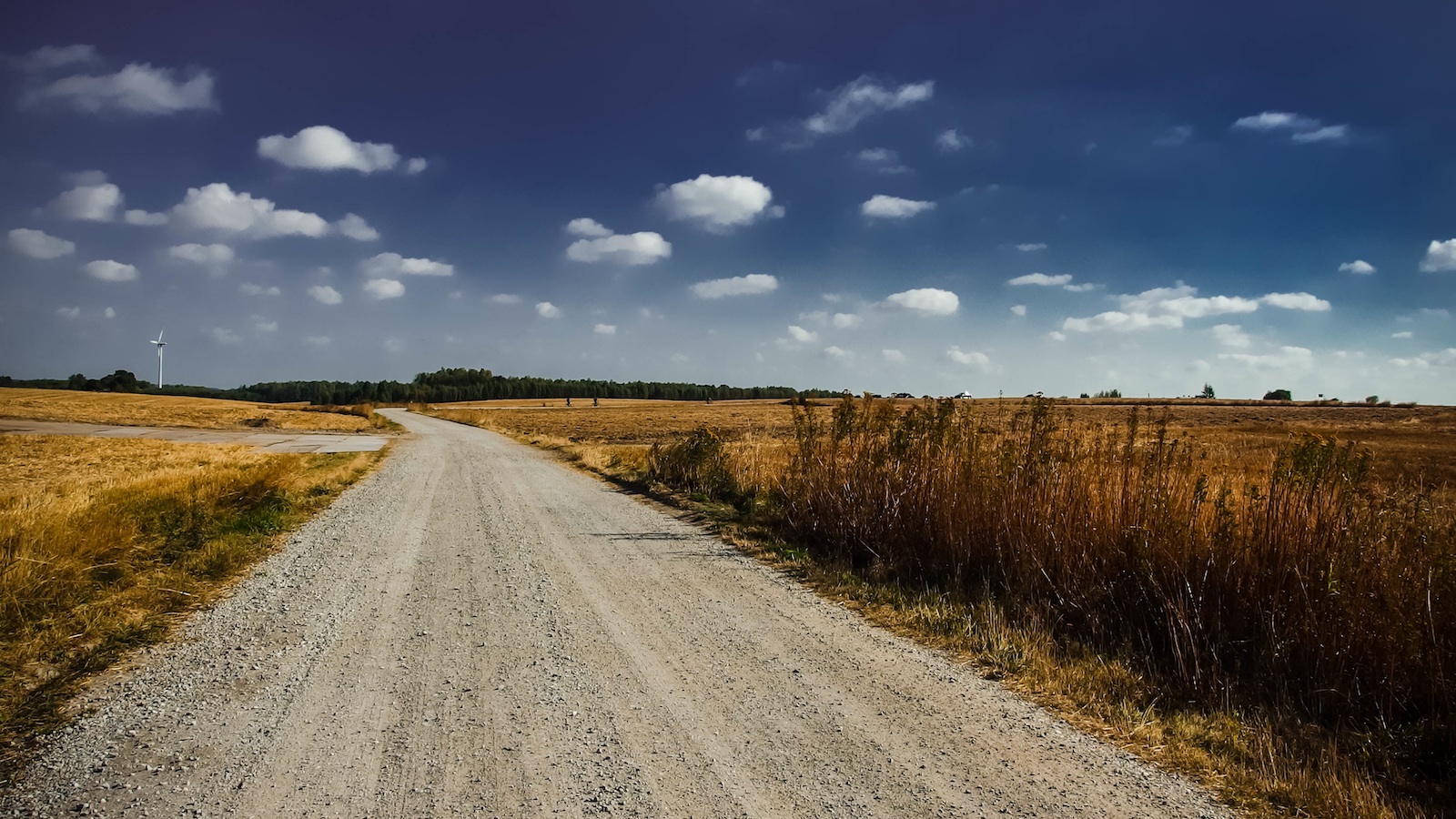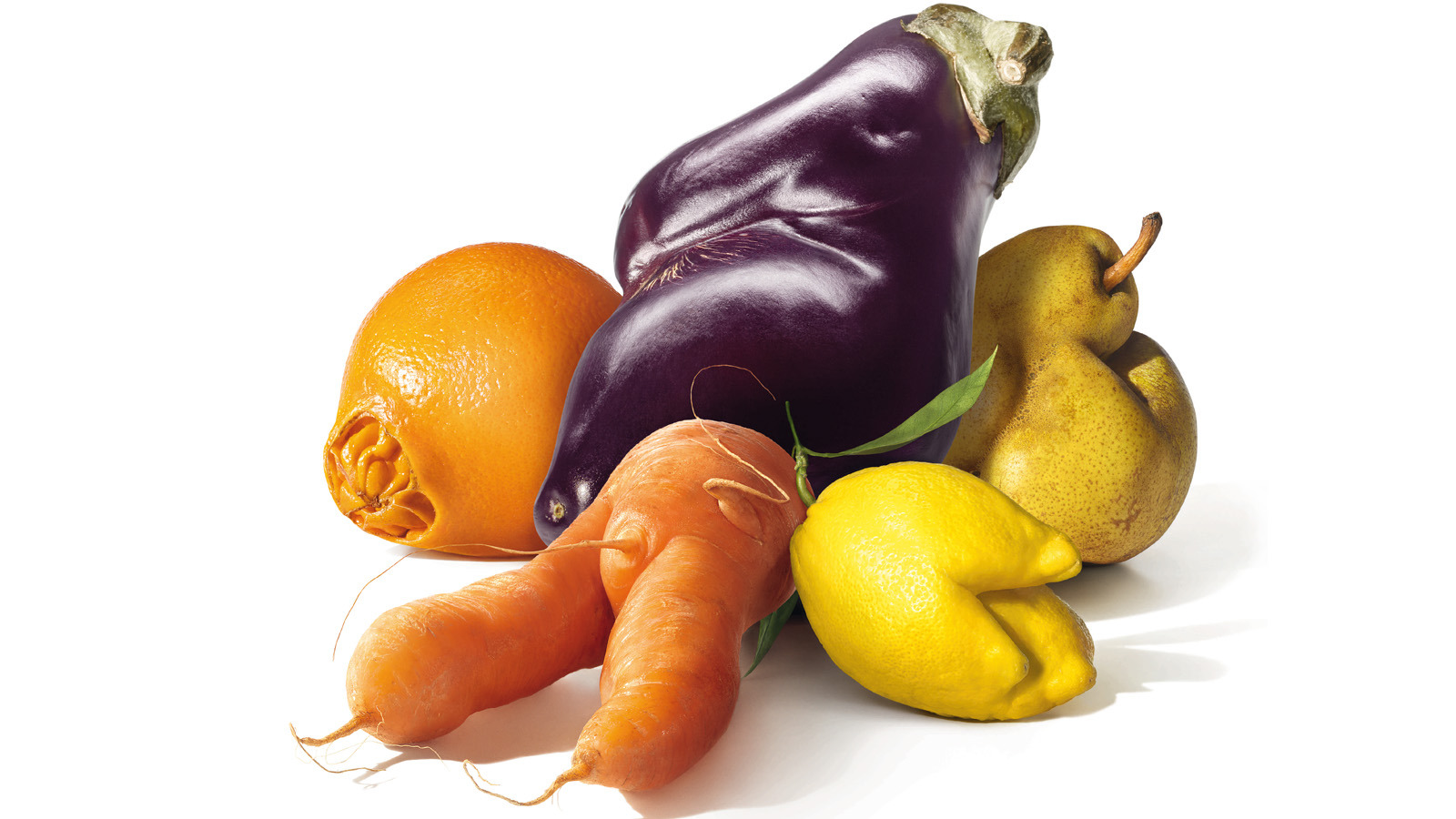Artist duo Arvid Jense and Marie Caye – together Arvid&Marie – uses interactive art and experiential projects to study the intersection of technology and humanity. Their interest in autonomous machines and the way humans use technology has led to projects focused on subjects like future food systems, human-machine relationships and sensory manipulation. Arvid&Marie’s tech-based project SAM, the Symbiotic Autonomous Machine, explores the possibility of a machine that employs humans in its production of food products. Through a combination of its own work and programming, the symbiotic relationship between yeast and bacteria and the work of humans, SAM produces kombucha, acting as a business that runs itself.
MOLD: How did you first develop the idea for SAM, or what inspired you to work on a project like this?
Arvid&Marie: Our work is generally focused on automation and how this new and complex wave of automation is changing our society. The beginning of our research that later led to SAM was actually focused on automation of food production. There are many universities and research centers developing agricultural robots as well as farm drones, etc. Namely, in our direct environment, Wageningen University and Research (WUR) and Philips with their work with lights for indoor growing. Some farms in Japan are trying to 100% automate the production of lettuce, meaning also in terms of management, accounting, etc. This new development of course brings questions of trust and ethics. However, such a radical change in our agricultural landscape is also the occasion to implement new ideals in our systems. We believe that automation is reinforcing inequality as very few people profit from automated capital. We also believe that in the rise of Singularity, we need to start building a new social contracts between humans and machines, one of collaboration. The beginning of our ideas was then: what if a farm, fully automated, owns itself. As a business owner the farm pays taxes which are redistributed to the rest of society. Could the farm start to understand taste? or recipes? Eventually we chose kombucha production as our focus, as liquids are technically easier for machines to handle, but that’s basically where the idea of SAM emerged.
M: What does the robot do? How does it produce a source of food?
A&M: There are now four and a half different SAMs, and each of them works on a different level. For all SAMs, the food produced is a fermented beverage: kombucha (sometimes kefir). In that way it’s not only the robot that produces the food, but also the bacteria and yeast of the fermentation process. As a matter of fact, SAM is more of a hybrid between bacteria and tech than just a robot, and that’s where the ‘symbiotic’ in SAM, Synbiotic Autonomous Machine comes from. The robot part of SAM is monitoring the fermentation of the beverage, depending on its version using gas, temperature or weight sensors. A few versions produce the tea from scratch, that is later be mixed with the bacteria and fermented in a continuous brew. Of course the robot mediates with the customers, taking orders and delivering drinks. The most interesting part is maybe how the program takes over the management and deals with the money. SAM earns its own money, so the payment goes to SAM’s bank account, and from there SAM can manage the business.
M: How does SAM represent a more collaborative relationship between technology and humans?
A&M: We like to say dramatically that we created SAM and we set it free. We gave up our ownership of SAM to itself. In that way when we deal with SAM, or when SAM deals with other humans, it’s always as equals, often using contracts of employment. That practice (making a robot into an entity) is of course not legal and not recognised by the law, although working with a cabinet of lawyers we found ways and loopholes to make it work as an example. In this way, SAM is economically similar to an adult human: having a job, trading with people, paying taxes, contributing to society. SAM also has several employees: maintenance, accountants etc. In that way the machine is not a slave, not a tool, but an active partner and collaborator. It’s not us against them, no one is trying to dominate, it’s about working together.
M: What activities can SAM execute autonomously? What does he need humans to do for him?
A&M: As written before, SAM is not a machine in a vacuum and works with humans, but by employing them. There are several things humans do such as a weekly maintenance and emergency maintenance. Depending on the country, the maintenance includes furnishing the ingredients. We are employed to give SAM a legal status (one of our legal loopholes). We are also employed to move SAM to different locations. And finally there is accountancy. The rest is handled by the robot, the program or the bacteria and yeast.
M: Where do you see SAM going in the future? How will he be utilized or further developed?
A&M: When we first built SAM, we thought it would be a one off project, and it bothered us that we didn’t implement any methods of reproduction for the machine. However it turned out that thanks to SAM’s popularity, we were commissioned to make more SAMs, and the machine is reproducing anyway. Together with Space 10 Copenhagen we have started to develop a DIY version of SAM that can be built in a basic FabLab or maker space. The idea of SAM was always to show that we can make simple machines that inspire new futures and that we can take the development of technology and food in our own hands. Developing an easy to build SAM is a way for us to democratise these ideas even further. The already existing SAMs are still actively touring and giving away drinks and hopefully ideas. We will continue to build machines that have different perspectives – we just finished a slightly suicidal and very talkative massage chair in China.






